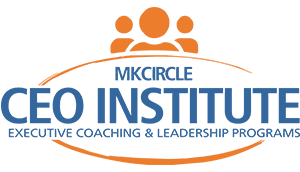Leadership and Systems
Program Overview
Meeting 3 – Leadership and Systems
The Leadership and Systems training focuses on critical areas related to effective board leadership and establishing essential systems. This section is divided into three key areas:
- Chief Executive Serving on the Board: This area emphasizes the role of the chief executive as an ex officio, non-voting member of the board. The chief executive’s insights and expertise are invaluable for informed decision-making. However, to avoid conflicts of interest, maintain accountability, and ensure clarity between oversight and execution, it is recommended that chief executives serve as non-voting members of the board unless otherwise prohibited by law.
- Board Job Description: Recognizing the importance of clear expectations, this area highlights the need for a written job description outlining the responsibilities of the full board and individual board members. A comprehensive job description defines the collective governance role of the board and serves as a guide for incorporating essential activities into the board’s annual calendar. Additionally, a separate set of expectations for individual board members helps them fulfill their legal obligations and engage effectively in the board’s work.
- Managing Conflicts of Interest: This area emphasizes the adoption of a conflict-of-interest policy that defines conflicts and outlines how they are managed. The board and senior staff should sign annual conflict-of-interest statements, disclose any known potential conflicts, and recuse themselves from discussions and voting when conflicts arise. Actively managing conflicts of interest, whether actual or perceived, allows the board to maintain independence and impartiality in decision-making, ensuring decisions are made in the best interests of the organization.
Through these three areas, the Leadership and Systems section of the training program equips boards with the knowledge and tools to navigate the complexities of board leadership, establish clear roles and expectations, and effectively manage conflicts of interest. By focusing on these areas, boards can enhance their governance practices, promote transparency, and uphold their fiduciary duty to the organization.















